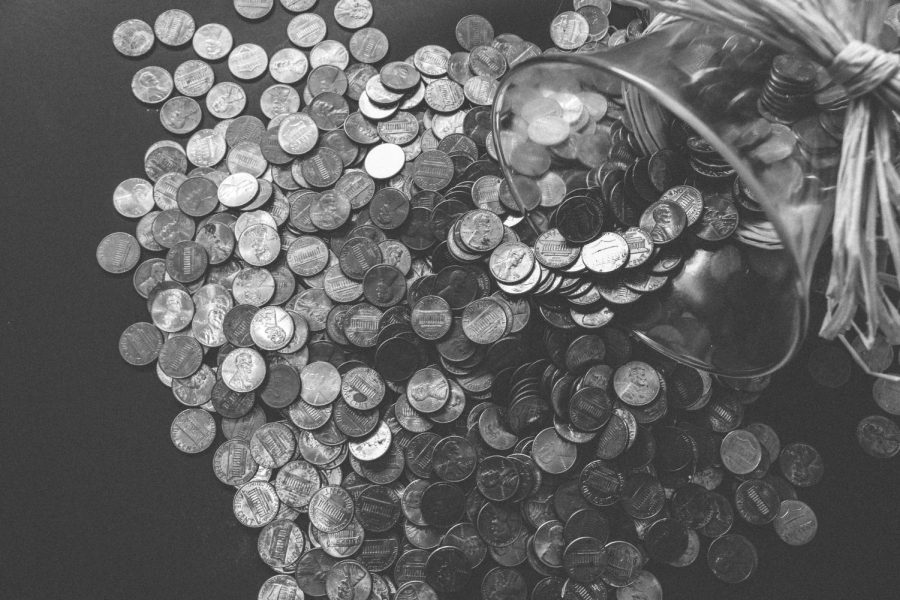Silicon Valley Bank Crash
April 15, 2023
On March 10, 2023, The Silicon Valley Bank, the 16th largest bank in the United States, collapsed. Bank failures aren’t uncommon; however, it’s not a good sign when one of the largest commercial banks in the United States fails. In order to understand the implications involved, though, the context of the bank’s recent growth and the FDIC’s response is necessary.
The SVB is a commercial bank that’s intertwined with the commercial economy, meaning that its investors and depositors are comprised of innovative business owners and large technology companies. The bank experienced extreme growth between 2019 and 2022. The assets were not, however, kept in cash. Instead, they were used to buy bonds which have subsequently experienced high increases in interest rates. This caused the value of the bonds to decrease, and coupled with the fact that many of the companies withdrew funds because of financial troubles, the SVB had to sell their bonds at a loss. The loss amounted to $1.8 billion and marked the beginning of the collapse.
On March 17, 2023, SVB filed for bankruptcy, and on March 26, 2023, First Citizens Bank bought most of SVB’s assets.
The failure may fire alarm bells in the brains of people who understand the insurance that the FDIC guarantees bank depositors. The insurance is up to $250,000, meaning if you had over that amount in the bank and it failed, you lose the rest. This is problematic because most of the depositors had far more than $250,000 in the bank. However, the FDIC issued a systematic risk exception and all deposits were covered by the FDIC itself due to the possibility of more bank failures and national economic panic over the loss.





